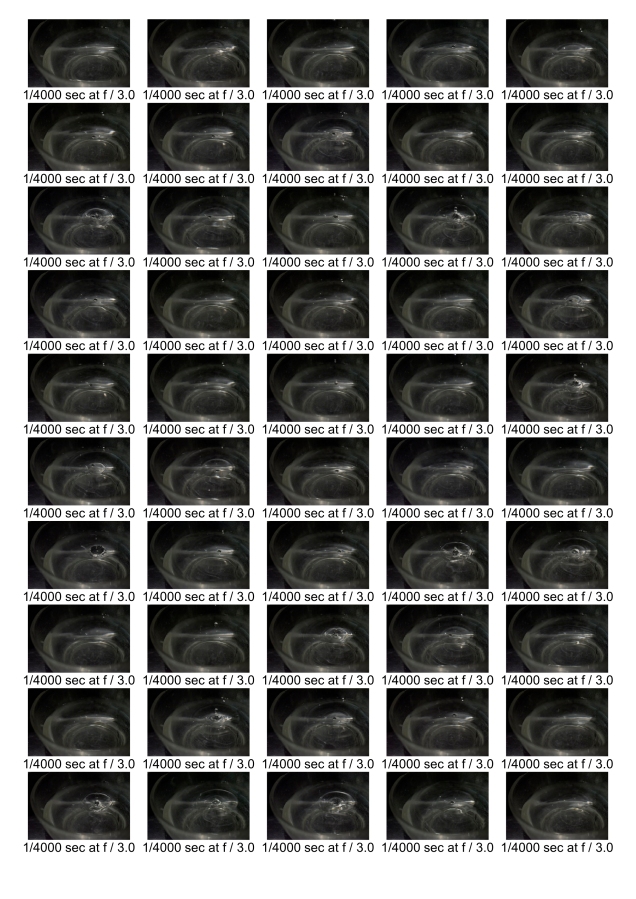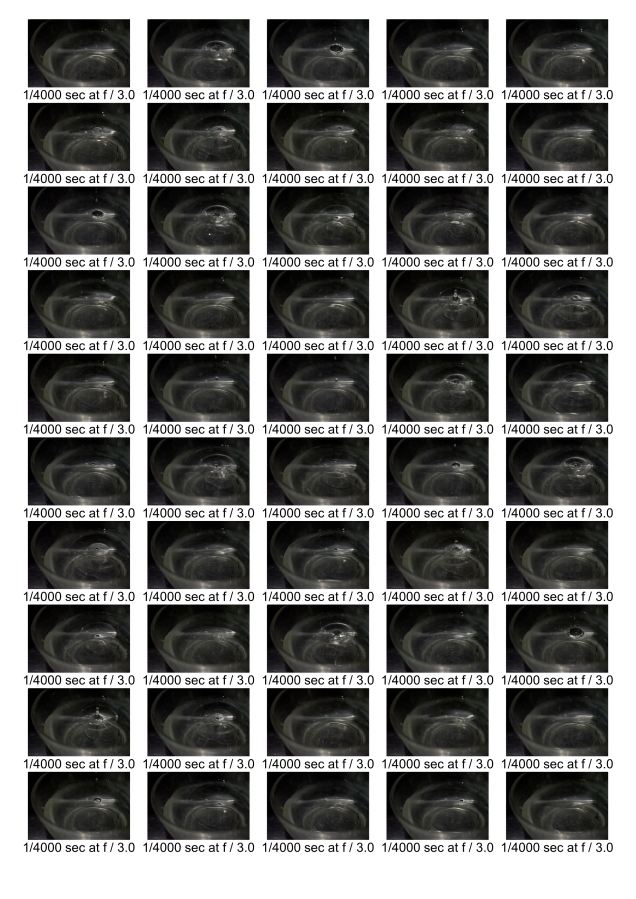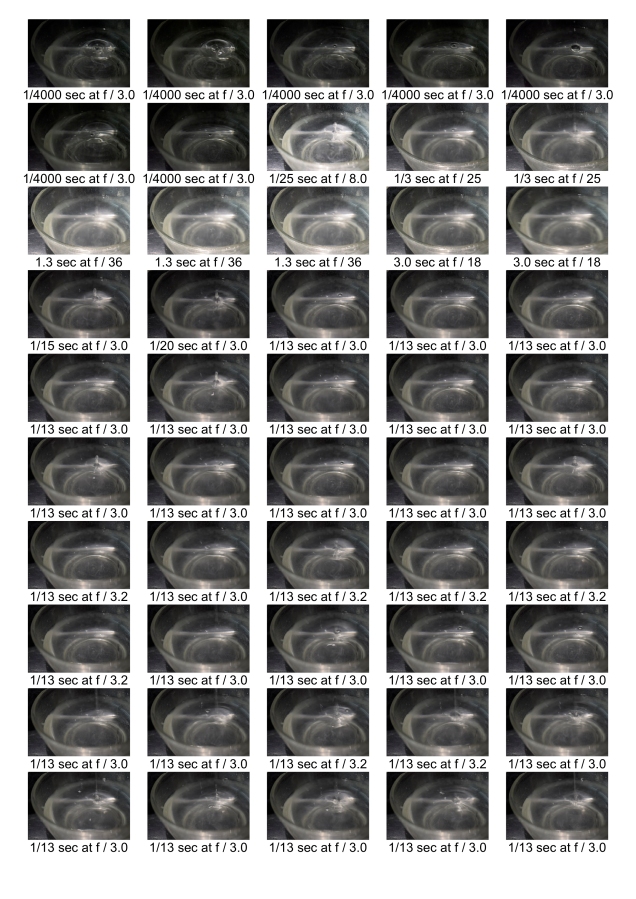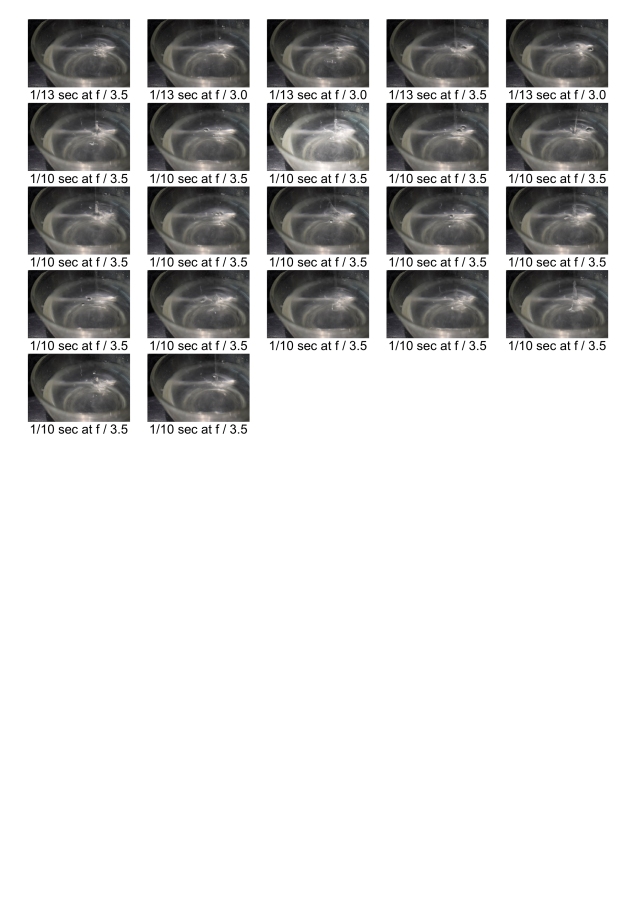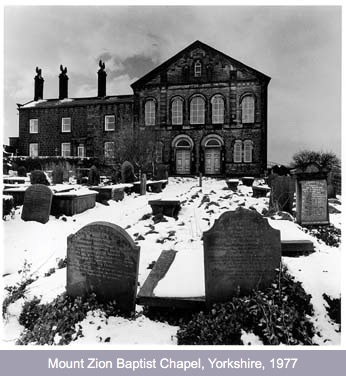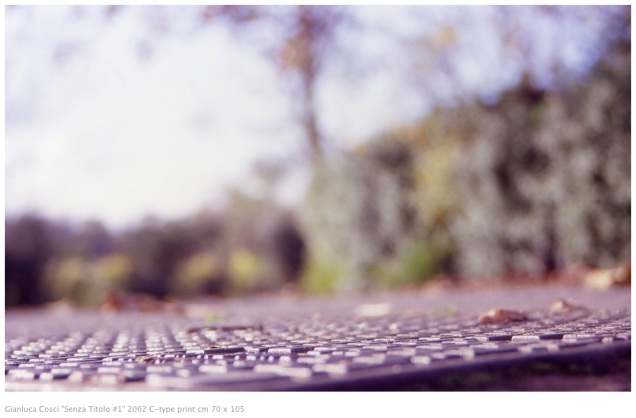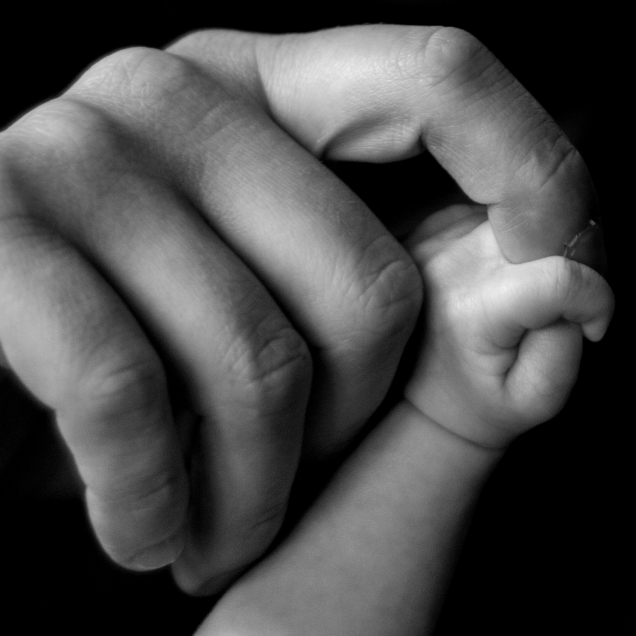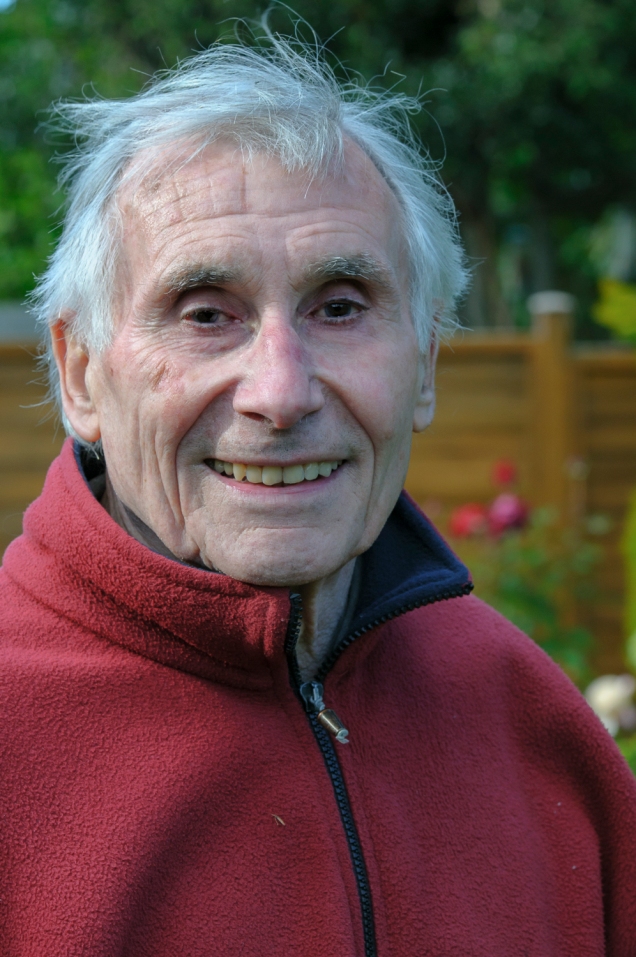The Brief ; –
“give some careful thought to the ‘decisive moment’ debate and note down where you stand (at the moment, anyway) in your learning log.”
Cartier-Bresson’s “photographs are free of artificial effects, spontaneous; they make icons of scenes that the rest of the world would scarcely notice.” Quoted from The Fine Art Society in association with Peter Fetterman Gallery 6 to 29 october 2015 who displayed the work of HCB. The following photograph is one most people will recognise as being a famous image by a famous photographer, and HCB admits this was a shot that owed more to luck than good judgement and being in the right place at the right time. In fact this image is cropped as the other ends of the frame are out of focus as HCB shot this through a set of railings. Therefore is this skill, luck, or even a combination of the two.
Let’s look at the skill part first of all. HCB was a photographer who spent time surveying, looking hunting and waiting. More than likely he had chosen this spot due to the reflections the water offered and he would have been aware he could poke his lens throng the railings. The shot may have been interesting any way without the man in the foreground, but he was aware enough to foresee this happening. The image would be reasonably well-balanced without the jumper, this just finishes the image off. HCB talks about millimetres counting for the image to be well framed and this can be seen by the positioning of the jumper’s left foot which is a fraction off the water adding a sense of excitement to the image. He knew when to press the shutter release. He did not fire off hunters of images to see what he got, like the current trend with some street photographers but he was more specific about what he wanted to capture.
Moving on to luck. He was rich enough to have a camera and be able to spend his time doing what he wanted and loved. The man may not have jumped or even been there. His lens could fit through the railings.
Having spent time thinking about the above it is a combination of luck and skill that makes this and some of his other images what they are. Therefore can someone be lucky all the time or are they riding their luck whilst relying on the skill they know they have.
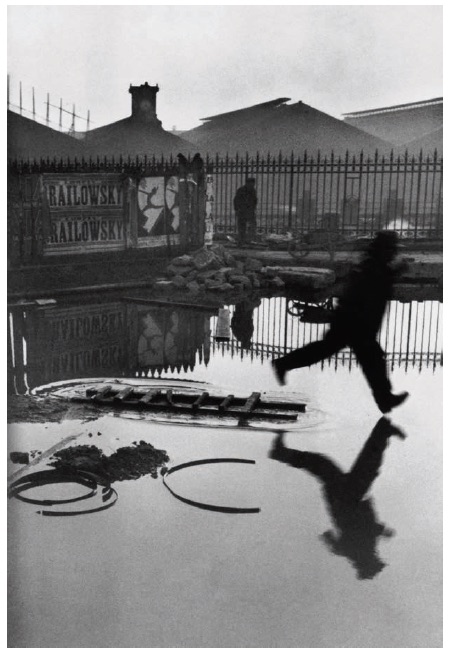
Photo taken from The Fine Art Society in association with Peter Fetterman Gallery 6 to 29 october 2015 who displayed the work of HCB.
What is a decisive moment? What is “decisive” and what is a “moment”.
Decisive = having or showing the ability to make decisions quickly and effectively.
Moment = a very brief period of time.
To have a “decisive moment” you must be in the right place at the right time. But is what I call a decisive moment the same as some else. The answer to that is no. I can illustrate this in the following image I shot for a previous assignment. My decisive moment was the light on the lady’s face in the top left third of the frame. My tutor’s moment was the lady clasping her hands behind her back.
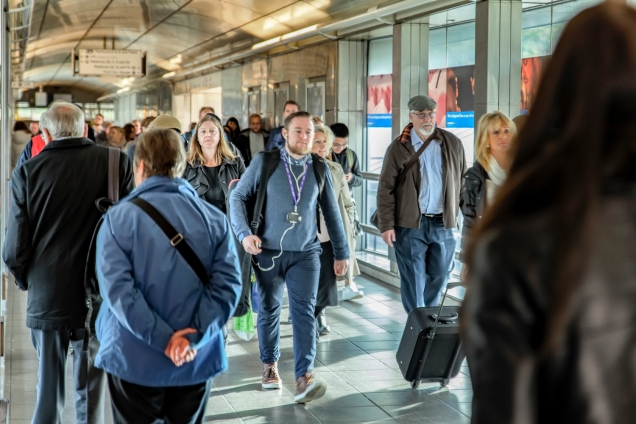
To be a good photographer you need to be decisive, as you want to portray your thoughts and ideas in print or via digital media. You will always capture a moment as that is what a photo is, a moment of history that you have preserved in time, from your viewpoint. You also must have some of lady luck shining down on you. You may not even spot what the viewer classes as the decisive moment, but for me you should have this in mind when pressing the shutter release. This will give you a consistency (that all good photographers want). It will develop a style of your own and your work will become recognisable as yours.









